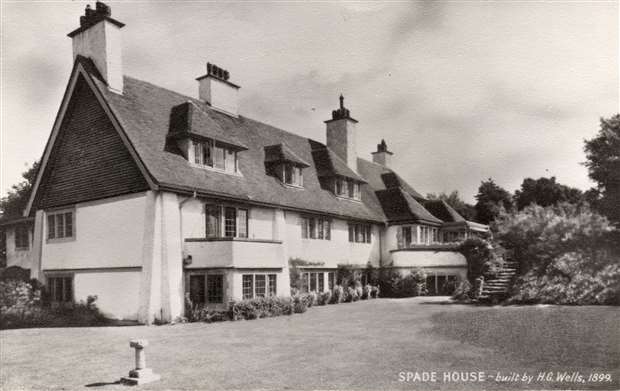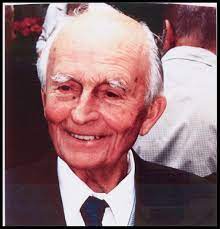Folkestone and Sandgate

Wells came to Sandgate near Folkestone in 1896 for the benefit of his health. As it was to his liking, he commissioned Voysey, a well known architect, to build a house in a commanding position overlooking the sea, which became the literary centre of the world in Edwardian times.
The house was named Spade House as is on Radnor Cliff – it survives today as a residential home. There are two other houses in Sandgate, on Castle Road and Granville Parade, that Wells lived prior to the building of Spade House.
His circle included Joseph Conrad, George Bernard Shaw, Arnold Bennett, Ford Madox Ford and Henry James, as well as political figures such as the local MP, Sir Edward Sassoon and his friend Winston Churchill.
Wells stayed for 13 happy years, enjoying the most productive period of his long career. The Sea Lady and Kipps feature the Sandgate and Folkestone area, and The First Men in the Moon has scenes reminiscent of West Hythe nearby.
The Sea Lady comes ashore at Sandgate
Long term Sandgate resident, and, subsequently, world-renowned BBC Aeronautics Correspondent, Reg Turnill knew H G Wells and met him before his death in 1946. Passionate about promoting writing, Reg Turnill founded the HG Wells Short Story Competition and on his death in 2013 left a legacy to fund the Junior prize.
His romantic life also blossomed at this time, although its initial product, A Modern Utopia, created such a stir in the area where he had become a magistrate that he and his family upped sticks in 1909 for London.

